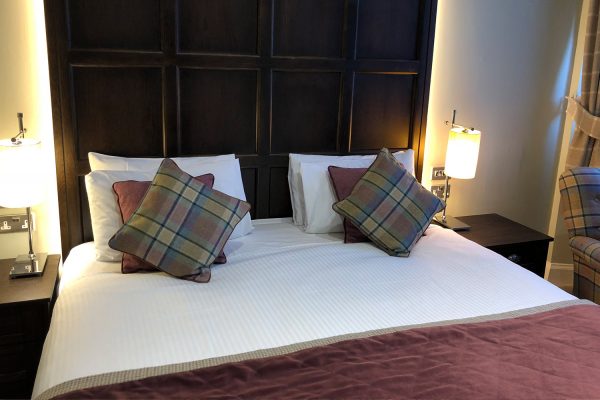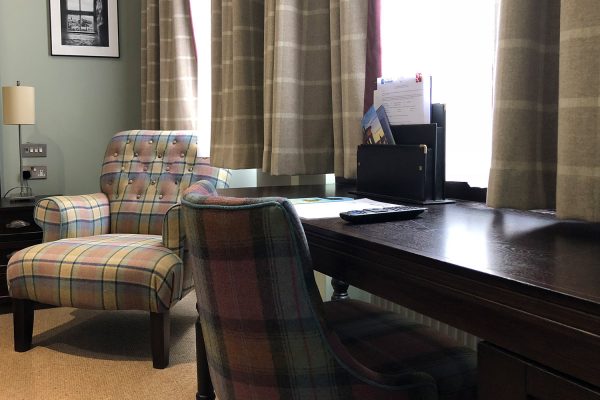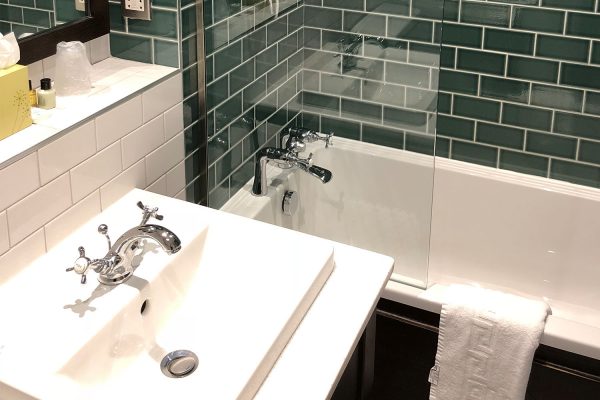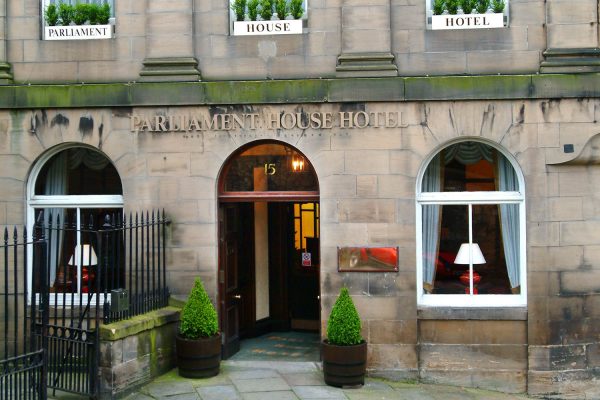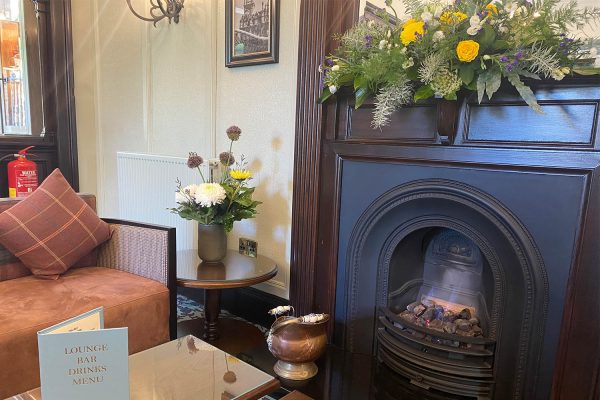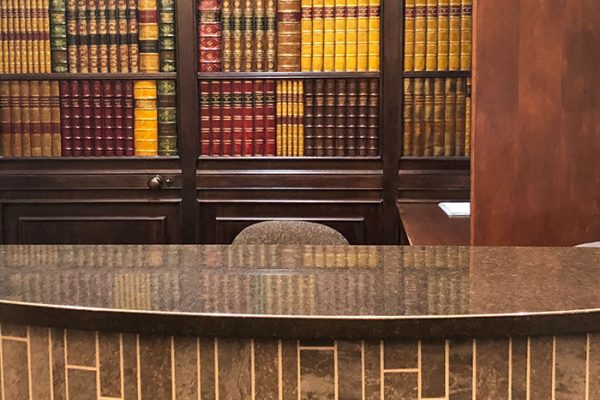Old Graveyards to visit in Edinburgh
Historic Edinburgh graveyards
Graveyards are fascinating places to visit. You can learn about the lives people led hundreds of years ago from their gravestones. There are interesting memorials, statues, engravings and tombs to explore. Often surrounded in myth and legend. Graveyards are also very peaceful places, away from the hustle and bustle of the city. So, here are some of the most historic and interesting graveyards to visit here in Edinburgh.
Old Calton Burial Ground
Old Calton Burial Ground was first used in 1718. Notable people buried there include famous philosopher David Hume and scientist John Playfair.
The Political Martyrs Monument sits in the burial ground, and you can see it from many viewpoints around Edinburgh. The tall obelisk dates from 1844. It commemorates five men, who were put on trial in 1793-94 and imprisoned for campaigning for parliamentary reform.
A small part of this old burial ground is directly at the rear of our hotel. So it’s actually part of our back garden! When the road was built on Waterloo Place in the 19th century, they cut through the existing graveyard and moved the graves to the New Calton Burial Ground.
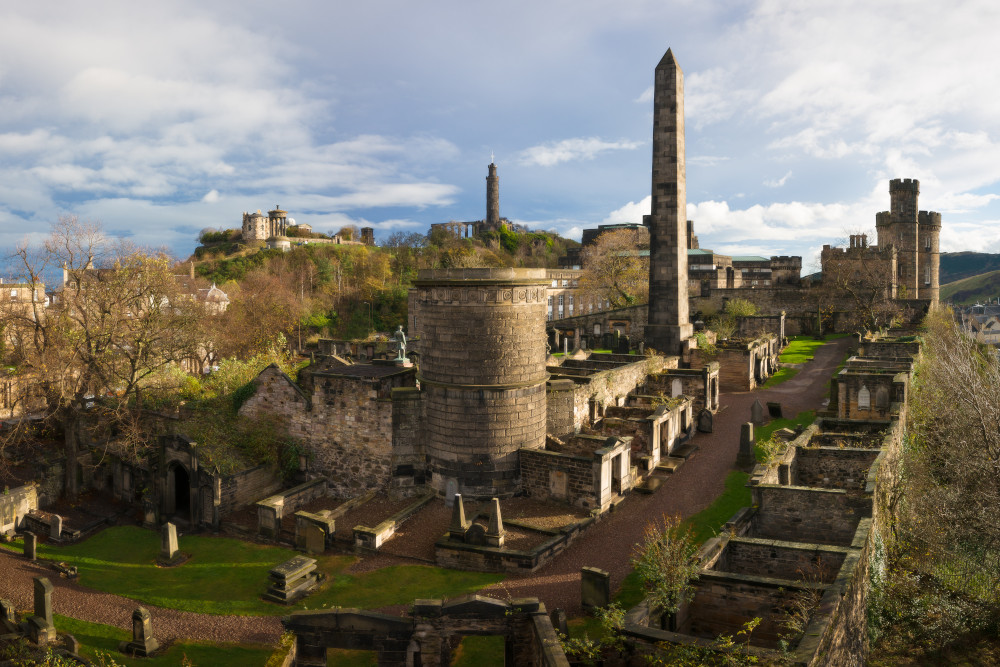
New Calton Burial Ground
New Calton Burial Ground lies only half a mile away. Don’t be fooled by its name, however – the first burial here was in 1817. It contains the remains of many notable people, including author Robert Louis Stevenson. There is a three-story watch tower, built in the early 1800s to keep watch for body-snatchers, who would steal newly buried bodies from the graveyard to sell for anatomical study. This graveyard also offers picturesque views across to Arthur’s Seat, making it a magnificent place to wander.
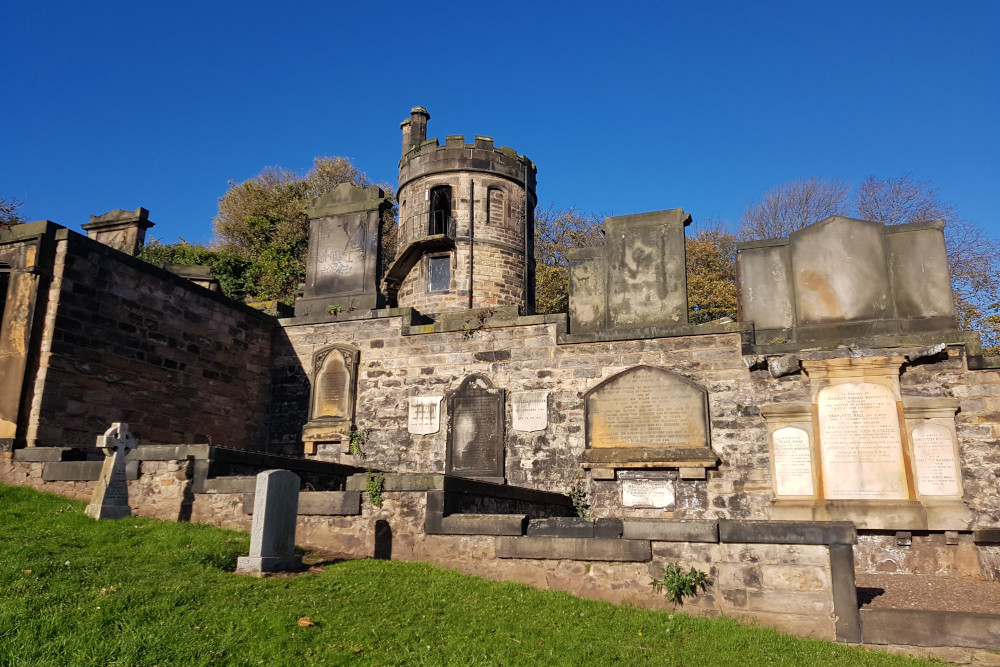
St Cuthbert’s Kirkyard
At the other end of Princes Street sits St. Cuthbert’s Churchyard. This is a large churchyard, with notable burials from the 17th century onwards.
On this site, you will find a fascinating history of how a cemetery grows with its city. For example, when the Nor’ Loch (a man-made loch which filled the area that is now Princes Street Gardens) was drained in 1787, the burial area was expanded. Then with the development of Waverley station, many graves were removed in 1841 to make space for trains. Some graves even sit under Lothian Road itself.
The churchyard contains hundreds of monuments. Including an impressive memorial to the Reverend David Dickson, which dates from 1840. The memorial includes a detailed life-size sculpture of Dickson and his family set into the wall of the steeple.

Greyfriars Kirkyard
A wonderful burial ground to explore is Greyfriars Kirkyard. Some gravestones still exist from its opening in 1580. At the south end of the site you can get up close to some of the most interesting stones, some showing the most exquisite carving.
Many visitors come because of Greyfriars Bobby. In the 1800s, the legend goes that this little dog slept on his master’s grave for 14 years. A statue just outside the kirkyard and a specially commissioned gravestone near the entrance, commemorate his loyalty.
Today, Harry Potter fans flock to the kirkyard, as it is the location of Tom Riddell’s grave, said to be the inspiration behind Tom Riddle (aka Lord Voldemort). Fans will recognise a few other names on the gravestones as they explore, although the spellings vary, such as Potter, McGonagall, Moodie, Scrymgeour and Cruikshanks.
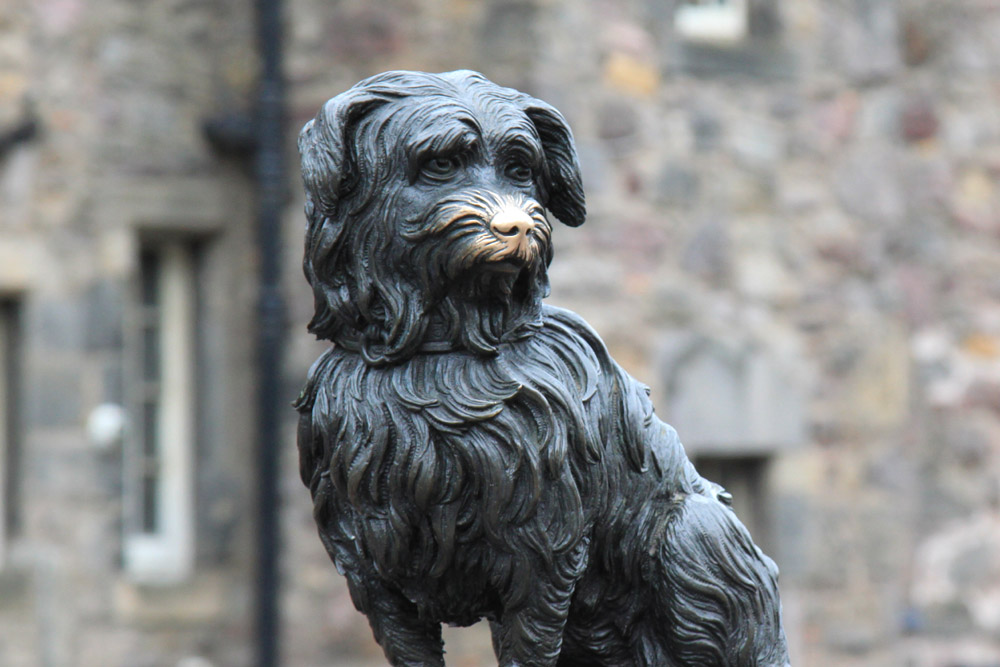
Canongate Kirkyard
The Canongate Kirkyard, on the Royal Mile, dates from 1688 and contains the graves of some notable people in Scottish history. Such as the economist Adam Smith and the poet Robert Fergusson.
There are also claims that the grave of David Rizzio, private secretary of Mary, Queen of Scots is at the kirkyard, transferred from Holyrood Palace over a hundred years after he died. However, this has been widely disputed. A small bronze plaque beside an unmarked grave reads “Tradition says that this is the grave of David Riccio 1533–1566. Transported from Holyrood.”
Some of the trees in the kirkyard were planted by members of the Royal Family. Including the Queen Mother’s Tree, a flowering cherry tree planted by Queen Elizabeth, the Queen Mother, in 1947. During her visit, the story goes that she suggested the doors of the kirk be painted a more cheerful red colour, and they are still red to this day.
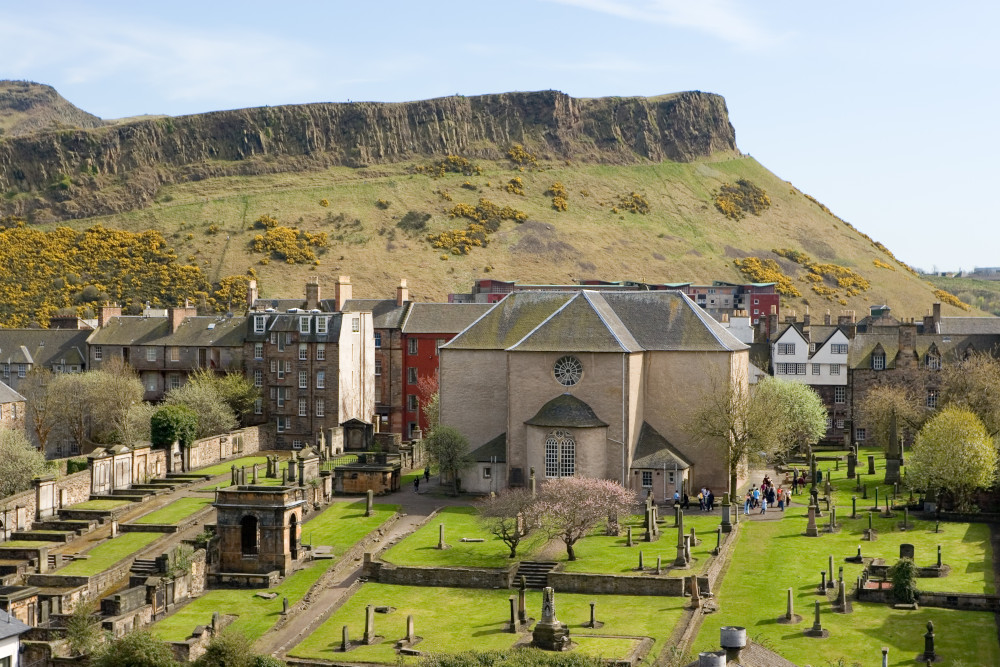
Edinburgh Castle Dog Cemetery
Finally, a historic grave that you may not have thought to visit sits within the walls of Edinburgh Castle. Since 1840, a dog cemetery for VIPs (Very Important Puppies of course!) has been hidden in a corner of the castle grounds. Although you can only view it from above, dogs such as regimental mascots or honoured dogs belonging to high-ranking soldiers were buried honourably here. Moreover, this is only one of two such cemeteries in the whole of Scotland.
Spending a day touring Edinburgh’s historic graves
Edinburgh graveyards like Old Calton Burial Ground and Greyfriars Kirk are a great way to learn about the city’s past. Best of all, they are located within walking distance of each other. Parliament House Hotel is a perfect base from which to explore these old Edinburgh graveyards. So, book your stay with us today and take advantage of our excellent city location.


